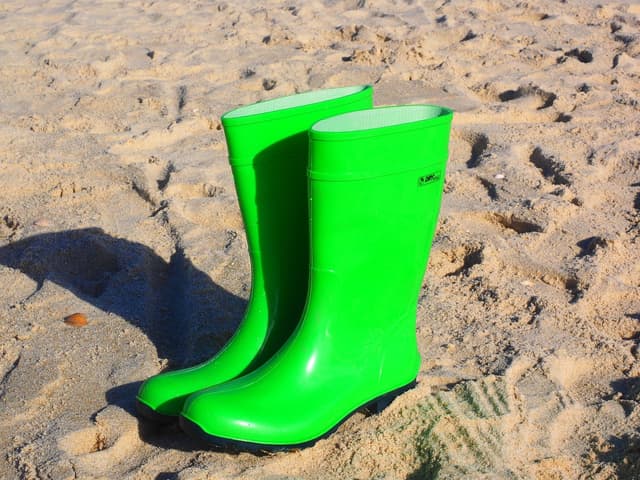Myths about teaching can hold you back
- Year 4
Grouping plants
I can use observable characteristics to classify plants in different ways.
- Year 4
Grouping plants
I can use observable characteristics to classify plants in different ways.
These resources were made for remote use during the pandemic, not classroom teaching.
Switch to our new teaching resources now - designed by teachers and leading subject experts, and tested in classrooms.
Lesson details
Key learning points
- Many plants have similar features that allow us to sort them into groups.
- Plants can be grouped by their observable characteristics.
- Observable characteristics can include information about colour, size, shape and structure.
- The process of grouping plants based on their similarities and differences is called classification.
- Plants can be classified into categories such as flowering plants and non-flowering plants.
Keywords
Observe - To observe is to look very closely and use other senses too.
Groups - We put similar things together in groups.
Observable characteristics - An observable characteristic is a feature of a living thing that we can see or describe using our senses. We can use these to help identify it.
Classify - To classify is to sort objects into groups based on their similarities and differences.
Common misconception
Pupils may believe that all plants are green and have flowers.
Clarify with a range of examples that some plants have flowers and some don't. Discuss with the pupils if they think even flowering plants will always have a flower on them all year round.
To help you plan your year 4 science lesson on: Grouping plants, download all teaching resources for free and adapt to suit your pupils' needs...
To help you plan your year 4 science lesson on: Grouping plants, download all teaching resources for free and adapt to suit your pupils' needs.
The starter quiz will activate and check your pupils' prior knowledge, with versions available both with and without answers in PDF format.
We use learning cycles to break down learning into key concepts or ideas linked to the learning outcome. Each learning cycle features explanations with checks for understanding and practice tasks with feedback. All of this is found in our slide decks, ready for you to download and edit. The practice tasks are also available as printable worksheets and some lessons have additional materials with extra material you might need for teaching the lesson.
The assessment exit quiz will test your pupils' understanding of the key learning points.
Our video is a tool for planning, showing how other teachers might teach the lesson, offering helpful tips, modelled explanations and inspiration for your own delivery in the classroom. Plus, you can set it as homework or revision for pupils and keep their learning on track by sharing an online pupil version of this lesson.
Explore more key stage 2 science lessons from the Living things and the environment unit, dive into the full primary science curriculum, or learn more about lesson planning.

Equipment
Access to secondary sources or the outdoors to find other plants.
Content guidance
- Exploration of objects
Supervision
Adult supervision recommended
Licence
Prior knowledge starter quiz
6 Questions
Q1.Which of these are plants?




Q2.What do all plants have in common?
Q3.Match the parts of the plant to its function.
makes food for the plant
takes up water and nutrients from the soil and anchors the plant
carries water and nutrients to different parts of the plant
attracts pollinating insects
Q4.Which of these are observable characteristics?
Q5.Why might a scientist use this type of diagram ?

Q6.What is the name of this type of diagram?

Assessment exit quiz
6 Questions
Q1.Which of these are features of some plants?
Q2.Which of the plants listed could be added to the group of plants that are trees?

Q3.Which of these are observable characteristics of plants with flowers?
Q4.When scientists group plants based on their similarities and differences it is called .
Q5.Match the description of the plant groups to its correct observable characteristic.
All the flowers in this group are red.
All the plants in this group have thorns.
All the leaves in this group have rounded lobes.
All the plants in this group are very small.


